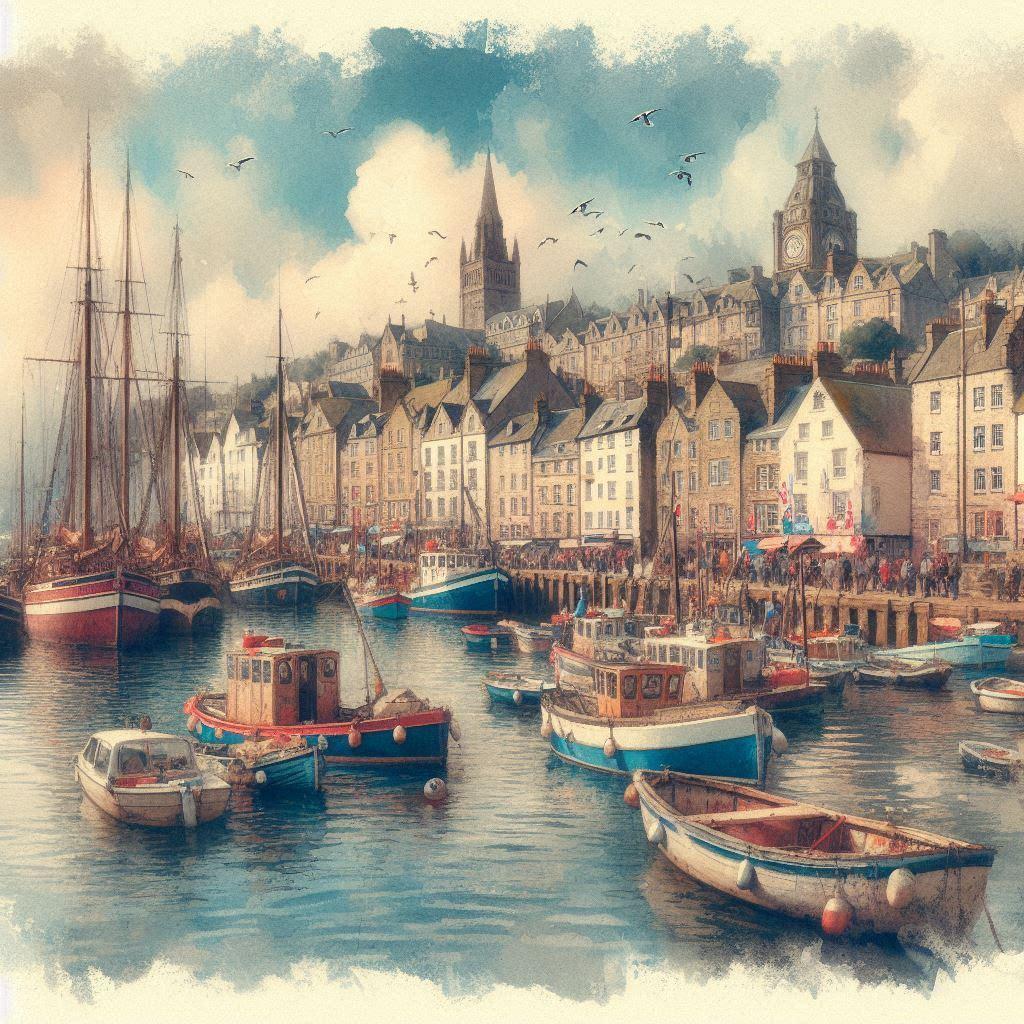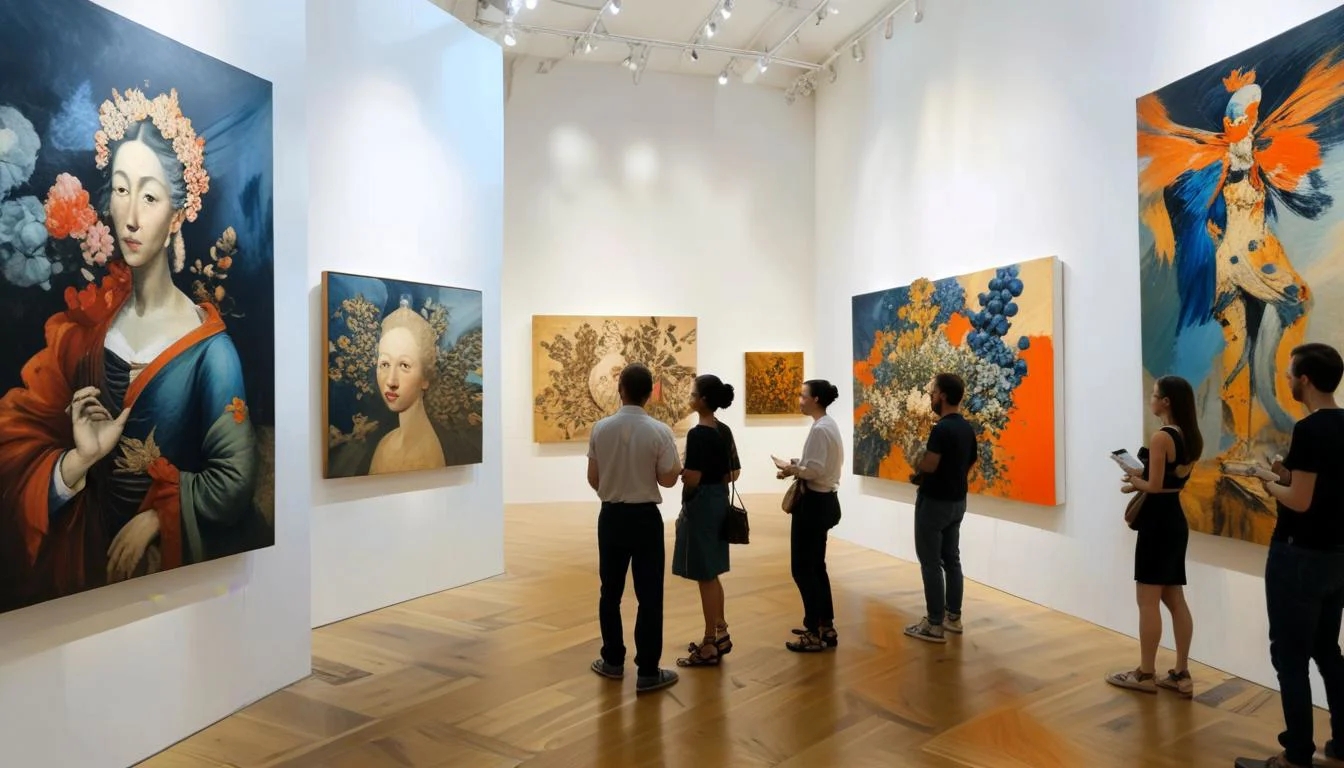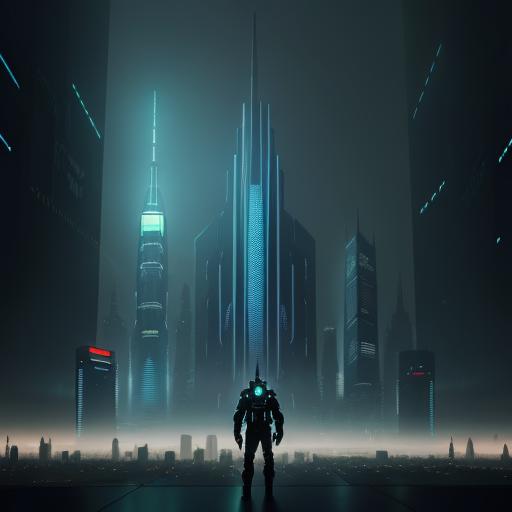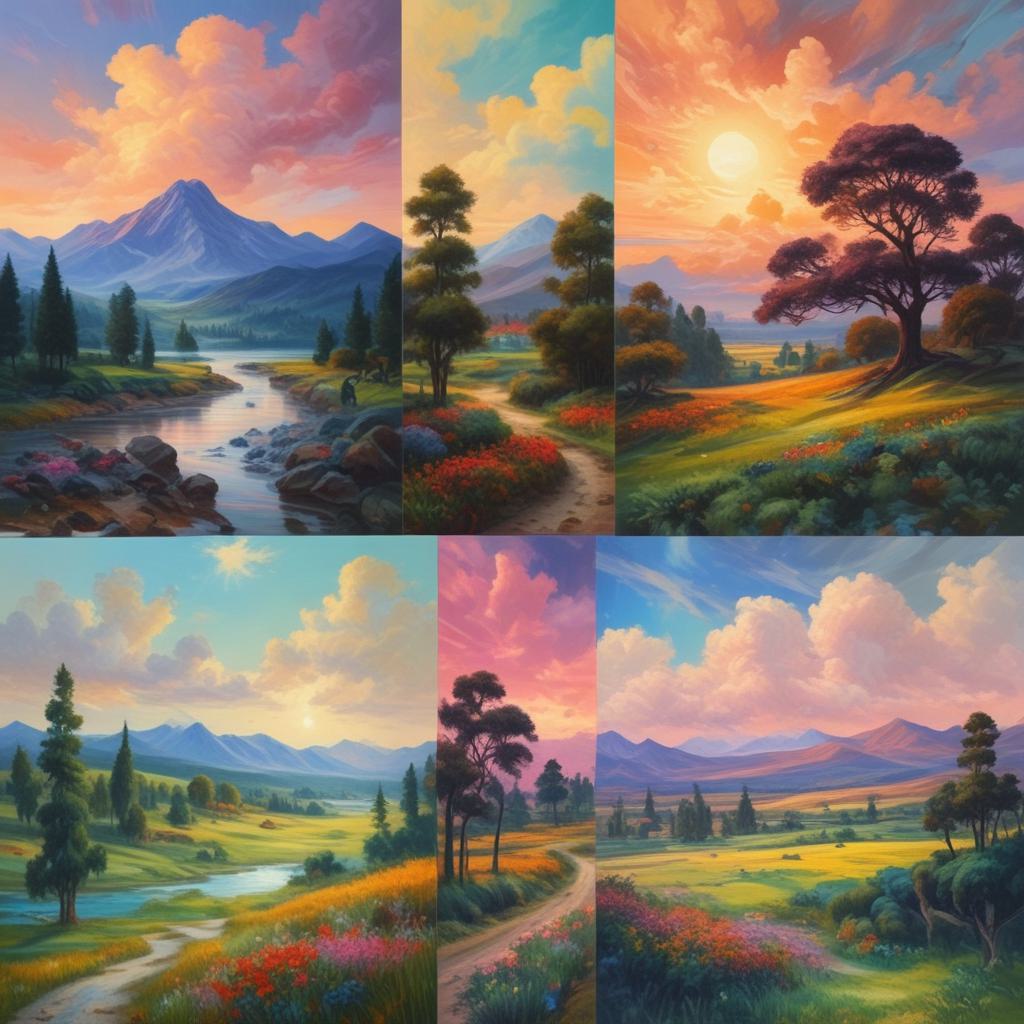Creating your first piece of digital art can be an exciting and rewarding experience. This guide will take you through the process step-by-step, from choosing your tools to finalizing your artwork. Whether you’re an absolute beginner or have some traditional art experience, this comprehensive guide will help you get started on your digital art journey.

Choosing Your Tools
Hardware
- Drawing Tablets: For precision and control, a drawing tablet is highly recommended. Brands like Wacom, Huion, and XP-Pen offer a range of options from beginner to professional levels.
- Stylus: A stylus mimics the experience of drawing with a traditional pen or pencil. Ensure your stylus is compatible with your chosen tablet.
- Touchscreen Devices: If you prefer a more portable setup, tablets like the iPad (with Procreate) or touchscreen laptops can be excellent choices.
Software
- Procreate: Exclusive to iOS, Procreate is user-friendly and packed with features, making it ideal for beginners.
- Adobe Photoshop: A versatile and powerful tool, though it comes with a steeper learning curve and subscription cost.
- Krita: Free and open-source, Krita is great for beginners looking for a cost-effective option.
- Clip Studio Paint: Known for its excellent brush engine and comic creation tools, it’s available on multiple platforms.
- Medibang Paint: Another free option with a simple interface, ideal for beginners.
Getting Started
Step 1: Sketch Your Idea
Start by sketching your idea on paper. This traditional approach helps you plan your composition without the distraction of learning new tools. Once satisfied with your sketch, photograph or scan it to import into your digital software.
Tool: Sketcher
Have some fun with our Sketching tool: link here! Use your MOUSE to make your creation. Choose brush size and color. Reset and Save options.
Step 2: Setting Up Your Canvas
Open your chosen software and create a new canvas. For beginners, a canvas size of 2000×2000 pixels at 300 DPI is a good starting point. This resolution ensures high-quality output suitable for both print and digital formats.
Step 3: Import and Outline Your Sketch
Import your scanned or photographed sketch into the software. Create a new layer and use the brush tool to trace over your sketch, creating a clean outline. Working in layers allows for greater flexibility and control.
Creating Your Digital Artwork
Step 4: Working with Layers
Layers are fundamental in digital art. They allow you to work on different elements of your artwork separately. Here are some typical layers you might use:
- Background: The base layer for your background elements.
- Sketch: Your original sketch, which you can lower the opacity of or hide as needed.
- Line Art: Clean outlines traced from your sketch.
- Color Layers: Separate layers for each major element (e.g., skin, hair, clothing).
Step 5: Coloring Your Drawing
Select a basic color palette to start filling in your drawing. Use the brush and fill tools to apply base colors. Don’t worry about shading or details at this stage; focus on getting the basic colors down.
Step 6: Adding Details and Shading
Once your base colors are in place, create additional layers for shading and highlights. Techniques such as stippling, cross-hatching, and gradients can add depth and dimension to your artwork. Experiment with different brushes to find textures that suit your style.
Step 7: Refining and Polishing
Zoom in and refine your lines, colors, and details. This is where you can add small touches that bring your artwork to life. Use blending tools and opacity adjustments to smooth transitions and create a polished look.
Step 8: Final Adjustments and Saving
When you’re satisfied with your artwork, make final adjustments to contrast, saturation, and overall balance. Save your work in a format that preserves layers, such as PSD or TIFF, so you can make future edits. Export a flattened version (JPEG or PNG) for sharing online.
Printing your digital art professionally can elevate your work to new heights, ensuring it looks its best and reaches a wider audience. Here’s a guide to some of the best printing services available for digital artists, each offering unique benefits and options.
Example First Digital Artwork

Top Printing Services for Digital Art
Of course, you can print at home with a good printer but if you need a professional high-quality print ….
1. Printful
Printful is a popular choice among digital artists for its extensive product range and easy integration with online stores. It offers high-quality prints on various mediums, including canvas, posters, and even apparel.
Features:
- Wide Product Range: From canvas prints to clothing and accessories.
- Easy Integration: Integrates with platforms like Etsy, Shopify, and WooCommerce.
- On-Demand Printing: No need for bulk orders; print as you sell.
Website: Printful
2. Giclée Today
Giclée Today specializes in high-quality giclée prints, known for their fine art reproduction standards. This service is ideal for artists looking to produce museum-quality prints.
Features:
- Archival Quality: Uses archival inks and papers to ensure longevity.
- Fast Turnaround: Orders typically ship within 24-48 hours.
- Wide Format: Can print up to 44 inches wide.
Website: Giclée Today
3. Society6
Society6 allows artists to upload their designs and sell them on a variety of products. The platform handles printing, shipping, and customer service, making it a hands-off option for artists.
Features:
- Product Variety: Prints available on paper, canvas, metal, and more.
- Global Reach: Ships internationally.
- Artist Profit: Artists set their own markups on certain products.
Website: Society6
4. Fine Art America
Fine Art America is another excellent platform for artists looking to sell prints. It offers an easy-to-use interface and a vast selection of products.
Features:
- Customizable Products: Options include canvas, metal, wood, and acrylic prints.
- Sales and Marketing Tools: Provides tools for marketing and promoting your art.
- Artist Support: Offers a community and forums for artists.
Website: Fine Art America
5. Redbubble
Redbubble is known for its vast range of products and community of independent artists. It’s a great place to sell your artwork on various items, including prints.
Features:
- Diverse Product Range: From prints to clothing and home decor.
- User-Friendly Platform: Easy to upload designs and manage your store.
- Global Marketplace: Sells to customers worldwide.
Website: Redbubble
6. Saatchi Art
Saatchi Art is a prestigious platform that allows artists to sell original works and prints. It caters to a more upscale market, making it ideal for professional artists.
Features:
- High-End Market: Targets art collectors and galleries.
- Original and Print Sales: Offers both original artworks and high-quality prints.
- Curated Collections: Artwork is featured in curated collections, increasing visibility.
Website: Saatchi Art
7. Bay Photo Lab
Bay Photo Lab provides professional printing services with a focus on quality and variety. They offer numerous printing options, from traditional photo prints to metal and wood.
Features:
- Professional Quality: Uses high-end printing technology.
- Variety of Mediums: Offers prints on metal, wood, canvas, and more.
- Customizable Options: Extensive customization options for print sizes and finishes.
Website: Bay Photo Lab
8. Moo
Moo is renowned for its business cards but also offers high-quality prints, perfect for artists looking to produce small-run prints or portfolios.
Features:
- High-Quality Prints: Focuses on quality paper and printing techniques.
- Unique Offerings: Offers options like Luxe business cards with extra-thick paper.
- Customizable: Easy to customize and design your prints.
Website: Moo
Inspiration for your First Digital Art
| Rank | Artist | Type of Artwork | Link to Work |
|---|---|---|---|
| 1 | Tamiko Thiel | Digital and augmented reality (AR) art, interactive 3D virtual worlds (VR), AI art | Tamiko Thiel |
| 2 | John Gerrard | Digital simulations, virtual environments | John Gerrard |
| 3 | Rafael Lozano-Hemmer | Interactive installations, electronic art | Rafael Lozano-Hemmer |
| 4 | Jenny Holzer | LED installations, digital projections | Jenny Holzer |
| 5 | Hito Steyerl | Video art, digital installations | Hito Steyerl |
| 6 | Cory Arcangel | Digital art, software-based art, video art | Cory Arcangel |
| 7 | JODI | Web art, software art, digital installations | JODI |
| 8 | Casey Reas | Software art, generative art | Casey Reas |
| 9 | Ryoji Ikeda | Data-driven art, audiovisual installations | Ryoji Ikeda |
| 10 | Harun Farocki | Video art, digital installations | Harun Farocki |
This table provides an overview of some of the most influential digital artists today, along with the types of artwork they are known for and links to further information about their work.
Tips for Continued Learning
Experiment with Styles and Techniques
Don’t be afraid to try different styles and techniques. Whether it’s realism, abstract, or anime, experimenting will help you discover your unique artistic voice.
Utilize Online Resources
Take advantage of the wealth of online tutorials and communities. Websites like YouTube, Skillshare, and dedicated art forums offer invaluable resources for learning and improvement.
Practice Regularly
Consistency is key. Set aside time each day or week to practice. The more you draw, the better you’ll become. Remember, every artist starts as a beginner, and persistence is essential to progress.
Conclusion
Creating your first digital artwork is a significant milestone. Following this step-by-step guide, you can navigate the initial challenges and enjoy the creative process. Embrace mistakes as learning opportunities and celebrate your progress. Happy drawing!



